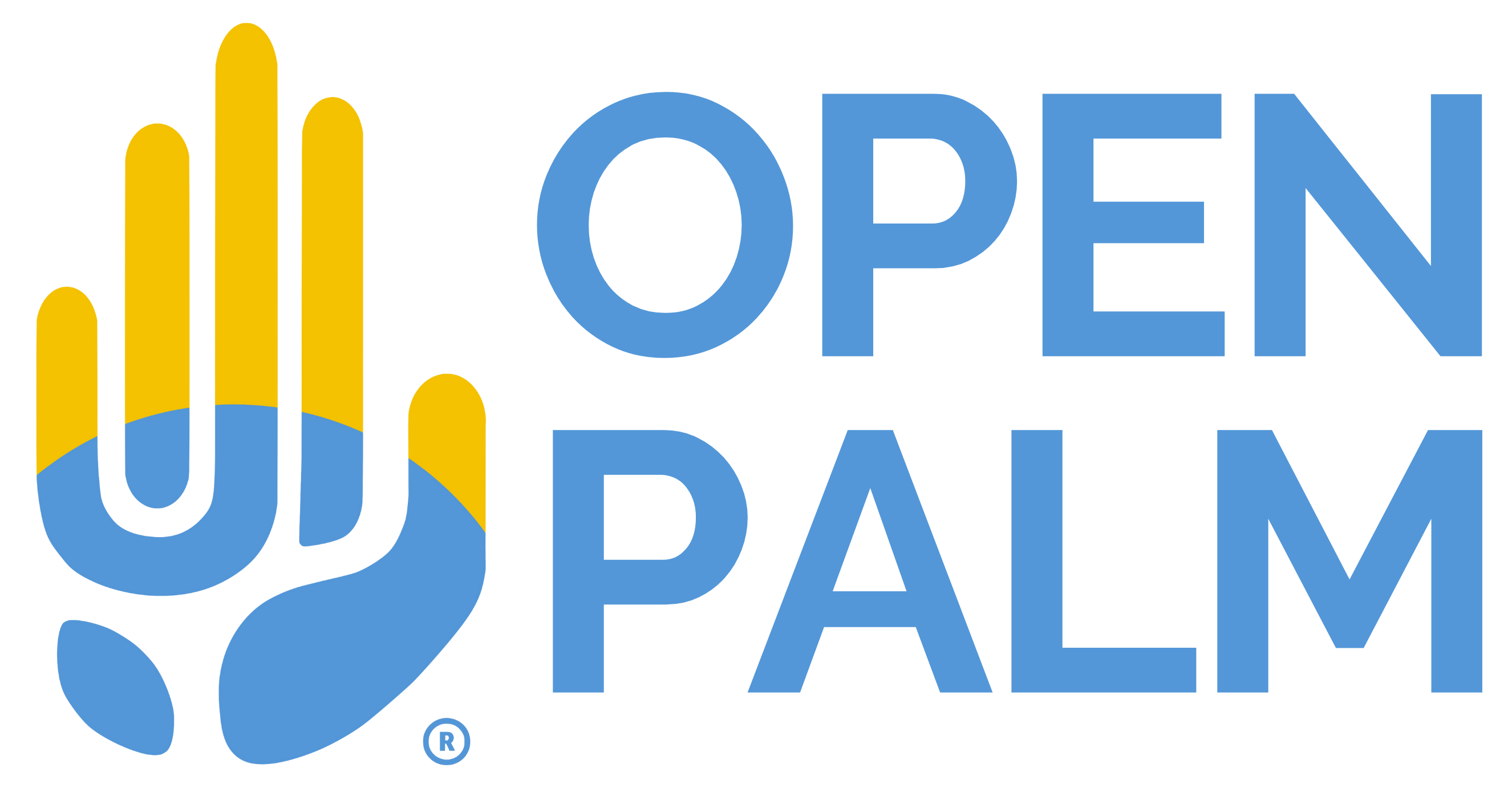Our Online Safety Policy
How We Keep Children and Young People Safe Online
As a charity working to advance education and promote racial harmony, how we act is just as important as what we do. Our mission is to allow people to thrive regardless of their background and we’re committed to protecting the online safety of those we work with.
Online Safety Policy Statement
The purpose of this policy statement is to:
-
ensure the safety and wellbeing of children and young people is paramount when adults, young people or children are using the internet, social media or mobile devices
-
provide volunteers with the overarching principles that guide our approach to online safety
-
ensure that, as an organisation, we operate in line with our values and within the law in terms of how we use online devices.
We believe that:
-
children and young people should never experience abuse of any kind
-
children and young people should be able to use the internet for education and personal development, but safeguards need to be in place to ensure they are kept safe at all times.
We recognise that:
-
the online world provides everyone with many opportunities; however it can also present risks and challenges
-
we have a duty to ensure that all children, young people and adults involved in our organisation are protected from potential harm online
-
we have a responsibility to help keep children and young people safe online, whether or not they are using Open Palm’s network and devices
-
all children, regardless of age, disability, gender reassignment, race, religion or belief, sex or sexual orientation, have the right to equal protection from all types of harm or abuse
-
working in partnership with children, young people, their parents, carers and other agencies is essential in promoting young people’s welfare and in helping young people to be responsible in their approach to online safety.
We will seek to keep children and young people safe by:
-
appointing an Online Safety Coordinator
-
supporting and encouraging the young people using our service to use the internet, social media and mobile phones in a way that keeps them safe and shows respect for others
-
supporting and encouraging parents and carers to do what they can to keep their children safe online
-
providing young people (and their parents/carers/responsible adult) are aware of online safety expectations
-
developing clear and robust procedures to enable us to respond appropriately to any incidents of inappropriate online behaviour, whether by an adult or a child/young person
-
reviewing and updating the security of our information systems regularly
-
ensuring that any online sessions are never provided on a 1:1 basis and that there are always at least two adults present in each online session
-
ensuring that a written log is produced for each online session/workshop
-
providing guidance on the use of user names, logins, email accounts and passwords
-
ensuring personal information about the adults and children who are involved in our organisation is held securely and shared only as appropriate
-
ensuring that images of children, young people and families are used only after their written permission has been obtained, and only for the purpose for which consent has been given
-
providing supervision, support and training for volunteers about online safety
-
examining and risk assessing any social media platforms and new technologies before they are used within the organisation
-
ensuring that each child/young person and their parent/carer/responsible adult has agreed to our online safety expectations, prior to any child/young person joining one of our online programmes.
If online abuse occurs, we will respond to it by:
-
having clear and robust safeguarding procedures in place for responding to abuse (including online abuse)
-
providing support and training for volunteers on dealing with all forms of abuse, including bullying/cyberbullying, emotional abuse, sexting, sexual abuse and sexual exploitation
-
making sure our response takes the needs of the person experiencing abuse, any bystanders and our organisation as a whole into account
-
reviewing the plan developed to address online abuse at regular intervals, in order to ensure that any problems have been resolved in the long term.
